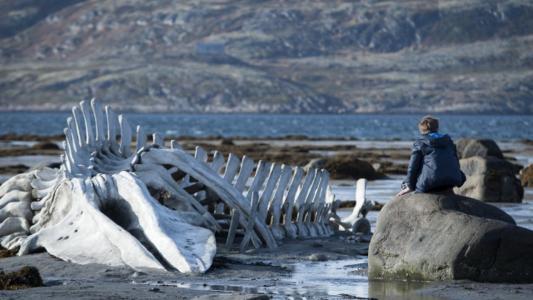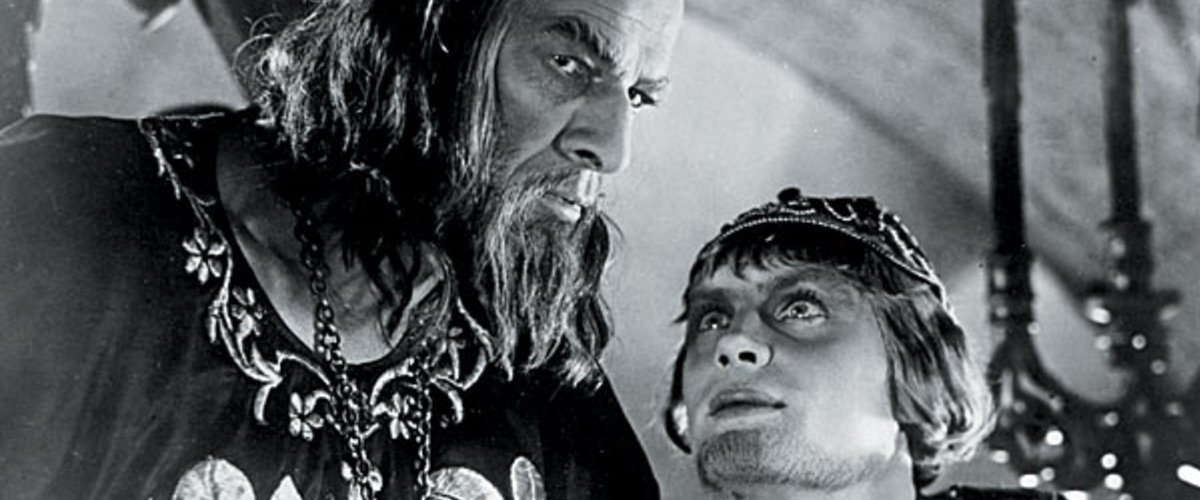For a long time, we have regarded Russia with awe. Somewhat European, blending into Asia, the country seems entirely at odds with any other place that we may have experienced before. In its farthest reaches, it stretches into arctic waters, plunged into prolonged darkness in the winter and white, balmy nights in the summer. Pushing Eastward, its inhabitants change again, tumbling into the Far East and reaching around to Alaska. If you look at a stretched world map, Russia seems to touch all corners of the globe, conquering all regions and natural environments.
It’s hardly surprising, then, that Russia has long been a feature of the big screen, its geographical variety and expanse perfect fare for the cinematic art. In literature, art and classical music, Russia has consistently been a font of creative production, the very ground on which its inhabitants live, apparently rife with artistic influence. There must be something in the water. Ever since we have captured society through art, Russia has been present and correct, showing us parts of the world which we hadn’t even dreamed of before. When cinema became the seventh art, then, Russia was there too, showing us in real life what it had only told us about before. Home to filmmakers like Andrei Tarkovsky, Sergei Eisenstein and Aleksandr Sokurov, Russian cinema is truly removed from anything else that world cinema has shown us before.
When Eisenstein created his oft-referenced The Battleship Potemkin, the face of cinema changed forever. Whilst silent cinema up until that point had been largely hit and miss, with new directors stumbling and discovering a new mode of storytelling, The Battleship Potemkin changed the possibilities of narrative cinema entirely. Presenting a dramatized version of the 1905 mutiny in which crew members of the Potemkin ship fought against their superiors of the Tsarist regime, Battleship Potemkin was perhaps one of the most explicit propaganda films to ever have been made. Most famous about the film is the Odesssa Steps sequence, in which Eisenstein tested some of his theories on film montage and audience reactions. For the first time, editing was used to manipulate audience emotions; Eisenstein believed that the order in which audiences saw images dramatically affected the way in which they perceived them. In the Odessa Steps sequence, he interspersed images of soldiers’ marching feet with footage of the crowd in peril, suggesting that the soldiers were responsible for mass suffering. Whilst the Odessa Steps event never took place, Eisenstein’s editing clearly demonised the Imperial regime, lacing the audience with a suggestion that he never explicitly said.
Although Eisenstein’s approach to editing might seem obvious to us now, for its time, it was truly unique and revolutionised the way that cinema was made from that point onwards. Of course, Russian cinema isn’t all about politics. Not explicitly, anyway. Filmmaker Andrei Tarkovsky has long been considered one of the most influential filmmakers of all time, his works spanning the historical, science fiction and Avant Garde worlds. His filmography is no mean feat. Hitting the film scene in 1962 with his first feature release Ivan’s Childhood, Tarkovsky immediately made a name for himself as one of the Russian greats. Ivan’s Childhood tells the story of the eponymous boy and his experiences during World War Two. Initially captured by Russian soldiers, Ivan insists that he has been employed to deliver messages between troops, his small stature and knowledge of the landscape making him the ultimate go between. The film is a devastating image of lost youth and fleeting childhood, themes with which Tarkovsky would be obsessed throughout his later works. What Eisenstein had in political verve, Tarkovsky matched with metaphysical imagery, focusing on fleeting memory, childhood and apparition throughout his filmography. Tarkovsky shaped the face of a different cinematic generation, twisting the veracity of cinema and making it a form much more artistic.
Of course, we aren’t just familiar with Russia from inside national ground; the country is frequently used as a cinematic place of otherness or mystery, where anything is possible. David Lean’s war spanning Doctor Zhivago is perhaps the best remembered example of Russia viewed from an outsider’s perspective. Despite its retelling of a Russian story and history, Doctor Zhivago is very liberally peppered with Hollywood influences, from its acting stars through to its cinematography. Set during the First World War and the Russian revolution, the film was banned in its mother country and therefore, had to be filmed in Spain for the most part. The snowy vistas and rugged landscapes we see in the film couldn’t be more far removed from their origins. And yet, somehow, it doesn’t matter. Russia in Doctor Zhivago stands in for something more, it represents a greater power and ideology than the geographical fact. The film not being produced in Russia is secondary; we feel the country in the narrative and that is the most powerful thing.
Most recently, Russian cinema has become somewhat contentious. Despite the fall of communism and the rise of a generation more free, much of what we are shown abroad is censored on Russian territory. More than ever, the freedom of speech has become rocky ground. Andrey Zvyagintsev’s Leviathan focuses on this very thing, telling the story of a small town landowner who takes on the political big guns in a bid to save his home. The film, however, is a lot more than political struggle and paints an exceptionally full bodied portrait of life outside of the Russian capital. Leviathan is unashamedly brash, pointing its fingers towards purported corruption and degradation within politics. Whilst a particularly charged scene has some of the characters shooting portraits of past Russian leaders, the current Russian president is very much absent. Despite its acid tongue, there is the sense that perhaps Leviathan isn’t as plain spoken as it claims to be.

